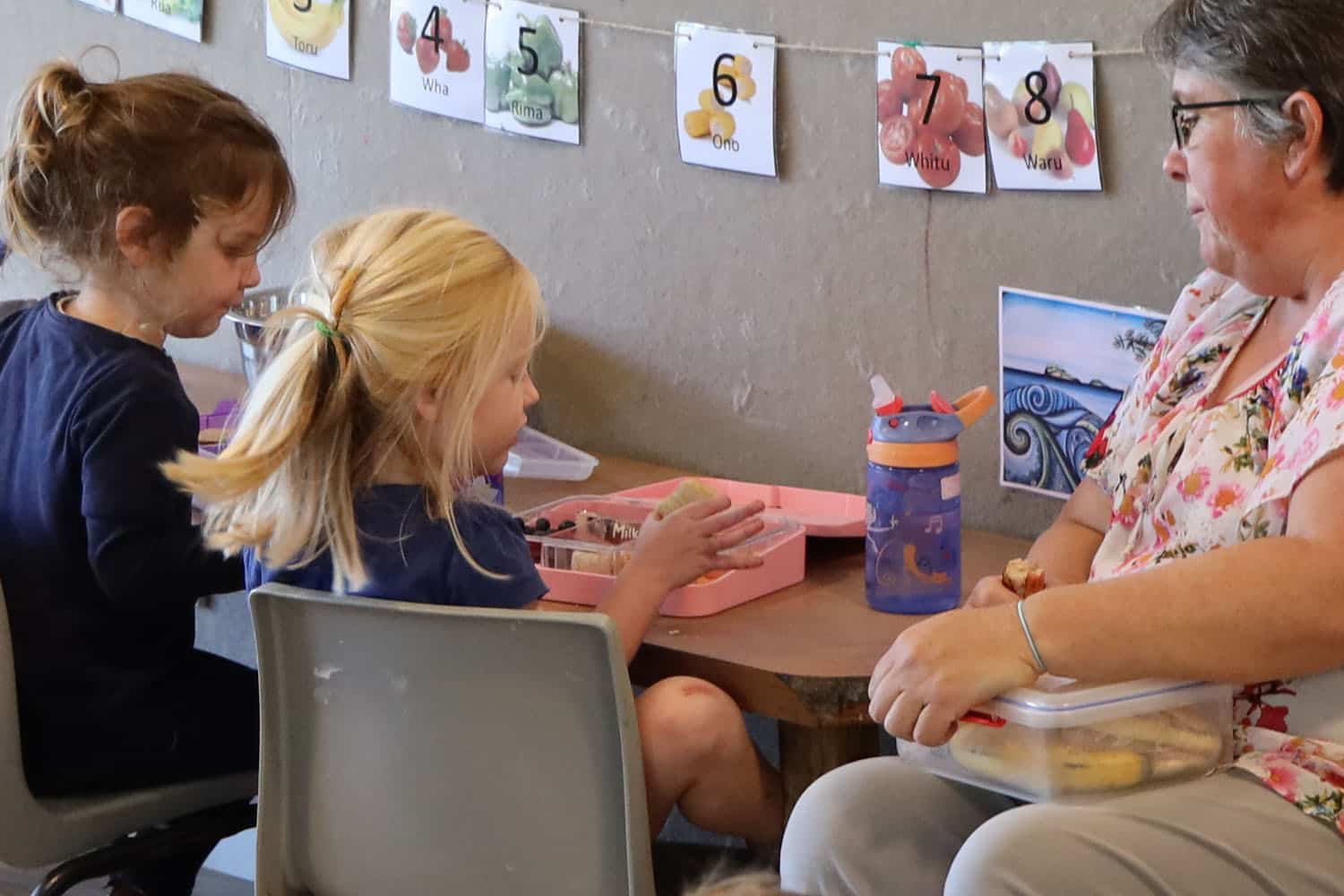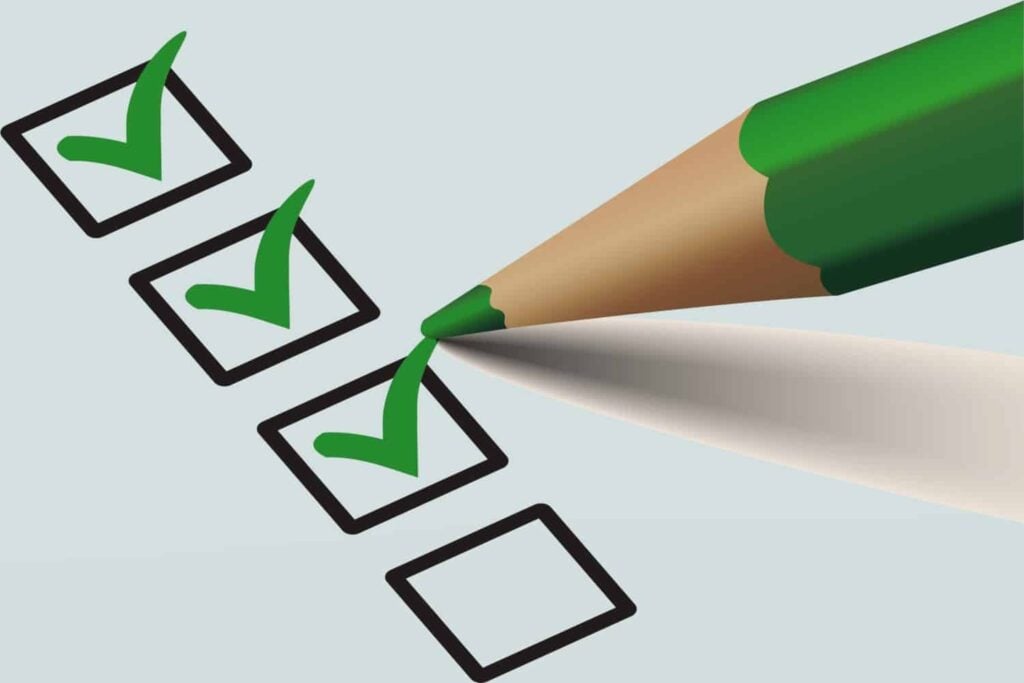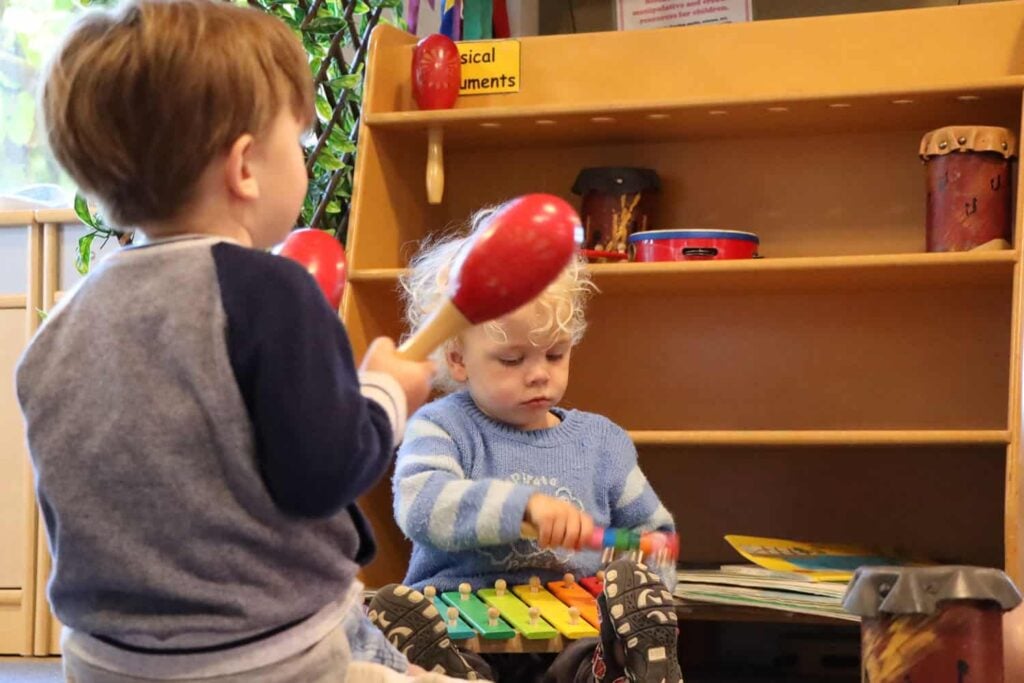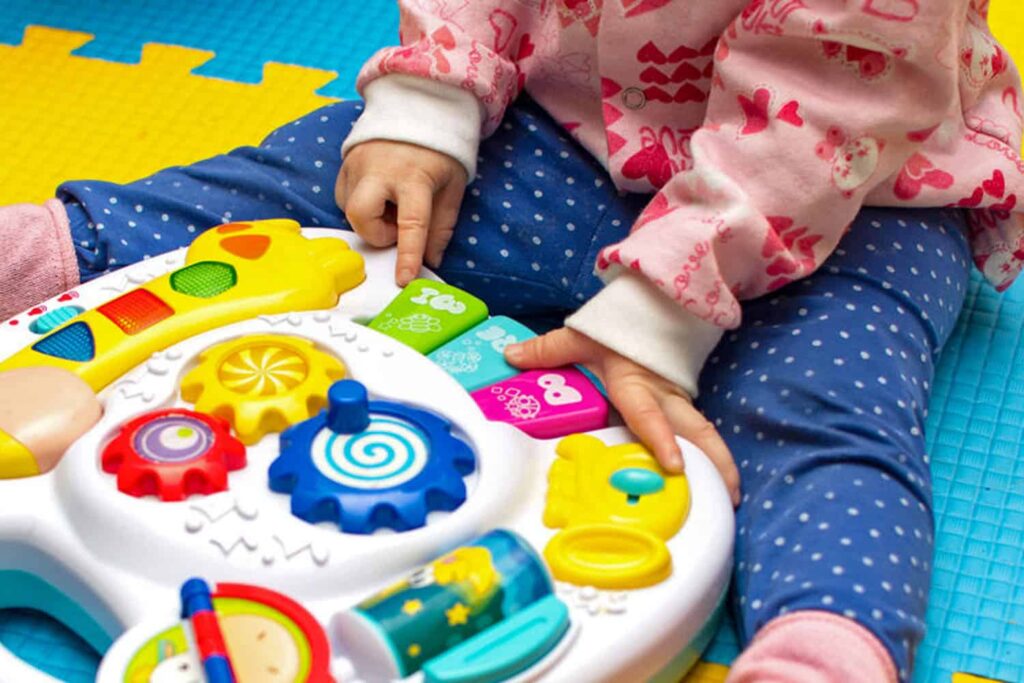Food and Drink Regulations for Centres and Home-based Services.
HS19/16 licensing criteria:
* Food is served at appropriate times to meet the nutritional needs of each child while they are attending.
* Where food is provided by the service, it is of sufficient variety, quantity and quality to meet the nutritional and developmental needs of each child.
* Where food is provided by parents, the service encourages and promotes healthy eating guidelines.
Documentation required: A record of all food served during the service’s hours of operation (other than that provided by parents for their own children). Records show the type of food provided and are available for inspection for 3 months after the food is served.
HS22/19 licensing criteria
* Children are supervised and seated while eating.
* Where food is provided by the service, foods that pose a high choking risk are not to be served unless prepared in accordance with best practice as set out in Ministry of Health: Reducing food-related choking for babies and young children at early learning services.
* Where food is provided by parents, the service promotes best practices as set out in Ministry of Health: Reducing food-related choking for babies and young children at early learning services and must provide to all parents at the time of enrolment a copy of Ministry of Health: Reducing food-related choking for babies and young children at early learning services.
See also the full details for the First Aid requirement (this includes that there must be at least one first-aid qualified person for every 25 children)
Under the Food Act (2014)
- every ECE service, no matter what type of service, must make sure that the food they serve is safe and suitable – see the Ministry for Primary Industries Food Safety Fact Sheet for details on how to achieve this
- every ECE centre that cooks meals or prepares food – like sandwiches or salads – must register with MPI under National Programme 2. Exceptions are: if the centre does not charge fees or request any payment, it only serves food that is fruit or pre-packaged that does not need to be kept cold (like muffins), it only prepares food with the children as part of the curriculum, or it is licensed home-based service.
Food and Drink Regulations and Licensing Criteria
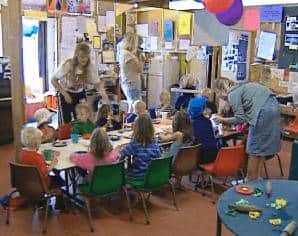
1. There is a safe and hygienic place for children attending to sit when eating
Discussion:
The legal requirement does not specify that the ‘place’ must be inside.
To be hygienic would require that the space be clear of contaminants (e.g. bird droppings), and that tables and chairs (surfaces children touch and use) are wiped clean between each child’s use, and before another child sits down to eat.
To be safe would require that it is checked that no harm could come to a child because of where they are seated and how they are seated.
The legal requirement does not specify ‘what’ the child must be seated on – this could for example be a chair, or an adult’s lap, or on the ground, or on a log … But if strapped into a highchair then the process of getting the child out of the highchair in the case of choking before being able to administer the appropriate first aid, may increase the risk of a serious consequence e.g. that the object might become further lodged down the wind pipe.
2. Children are supervised when eating
Discussion:
This includes if there is only one child who is eating. There is no stated legal requirement for a maximum number of children to person supervising.
Best and safe practice is for an adult to be present and giving their full attention to actively watching the children who are eating, in case of choking or an allergic reaction.
Services are not required in the licensing criteria to ensure:
- handwashing before and after eating; (see requirements for handwashing and toileting here)
- that children do not play with toys while eating; and
- children do not share food or drinks if there is a child with food allergy.
However, these are practices that services would be wise to implement to keep children safe and to reflect the intentions of the Food Act (2014)
3. High risk choking food is not to be served unless prepared in accordance with MoH guidelines (a Ministry of Education licensing requirement)
The required practice is set out in Ministry of Health (MoH) booklet titled: “Reducing food-related choking for babies and young children at early learning services”, to reduce the risk.
Where food is provided by parents, the service must provide a copy of the Ministry of Health booklet to parents at the time of enrolment. The service must promote to parents the best practices as outlined in the booklet.
Discussion:
The service is not required to ‘police’ children’s lunch-boxes. If it uses the term ‘food police’ or feels that this is its role, then this raises the question of what kind of relationship it has with parents. It points to a need for it to improve its relationship with parents.
Services (home-based and centre-based) that provide food are required to provide a copy of the MoH booklet to parents. This is not a requirement for services where food is provided by parents only for their own child or children but if food is given for sharing (e.g. cakes, fruit) then a copy of the booklet needs to be provided to the parents. Services are not legally required to make sure that parents have read and have understood each and every point in the MoH booklet.
‘Promote’ means to endorse the practices recommended by the MoH and to encourage parents and caregivers to follow these. The service (including any member of teaching staff) must not criticise or promote a different approach as this would go against the requirement to promote best practices.
Under Health and Safety legislation all workplaces, including ECE services, have a legal obligation to ensure safety and to intervene and eliminate or minimise the risks.
In ECE we must protect children from harm. When parents are not present and the child is taking a licenced child place on the roll (i.e. not visiting) then the service is acting in loco prentis and fully responsible for the child. The service must protect children from accidentally or otherwise consuming high-risk food that may be brought to the service. It would be a good idea to establish individual agreements with each family on the procedures that will be followed should any food not meet the requirements as set out in the MoH booklet – or establish a service policy that sets out clearly the procedures to be followed. For example, “Staff will inform the child that the food (e.g. grapes will be cut) and returned to them.” Or, “Staff will inform the child that the grapes in their lunch-box will be kept for them to take home.”
4. Food is prepared, served, and stored hygienically
5. Ample drinking water is available to children and can independently be accessed
6. Infants under 6 months old and other children unable to drink independently are held semi-upright when fed
7. Infant milk food given to a child under 12 months is a type approved by the child’s parent
8. Cooking facilities and kitchens cannot be accessed by children without adult assistance
9. Cooking facilities and kitchen hazards are managed to minimise risk
10. Cooking facilities or kitchen are kept hygienic.
This includes:
- Means for keeping perishable food less than 4 degrees and protected from vermin and insects.
- Means to cook or heat food, e.g. oven, microwave oven.
- Means to hygienically wash dishes.
- A sink with hot water tap.
- Food preparation surfaces that are easily kept hygienic.
11. Children’s nutritional needs are met
This requires that food is provided at appropriate times and is of sufficient variety, quantity, and quality to meet the nutritional and developmental needs of each child.
Discussion:
Without a statement of how frequently food should be served, a variation in practices in this regard is permitted. Some services provide a scheduled time for lunch. But a child may not be hungry at the scheduled time or be hungry before the scheduled time. Other services allow children to eat at any time or provide a rolling lunch during which children can come and go from the lunch table. But this can mean that children who are absorbed in their play can miss eating.
What as adults we see to be a healthy diet may be unhealthy and harmful for a growing child. Children need to eat carbs. Children’s food should ensure that they get sufficient intake of iodine, iron, and calcium. Useful guidance is provided by the Ministry of Health booklet on “Healthy Food and Drink Guidance”. It suggests that healthy options (coded green) make up at least 75 percent of foods and drinks provided at the service.
12. Where food is provided by parents the service encourages and promotes healthy eating
Discussion:
The service should not bin any food coded ‘red’ or ‘orange’ from a child’s lunch-box without talking with parents/ caregivers since (a) the food belongs to the child/ family, and (b) 100% of what a child eats does not need to be from the healthy options (green list).
Children eat at home and in other contexts – the ‘treat’ or unhealthy food that a parent may put into their child’s lunchbox may be the only time the child has unhealthy food which is why it is important to take a holistic view and not bin or ban all ‘unhealthy’ food.
13. Records of the last 3 months are kept of all food provided by the service
Discussion:
While the requirement states that the record can exclude food provided by parents, if it is food given by a parent to the service to give out to children (e.g. a birthday cake) then this could be interpreted as food provided by the service because it’s not provided by the parent only for their child.
Keeping records of daily menus outlining ingredients will likely satisfy the Ministry of Education. But also note that under the MPI National Programme 2 centres that provide food must have records including:
- sickness records
- problems with pests
- allergy information
- cooking poultry (chicken or duck)
- chilling cooked food
- temperature of received or transported food
- what happens and what you do when things go wrong.
MPI provides a template for centres to use to keep records
But as per National Programme 2 centres must also have a food allergen management plan, and must ensure that every person who touches food (all supervising teaching, volunteers, and relief staff) have had training on how to keep food safe and suitable, ensuring there is no cross-contamination in food preparation and serving.
Key Resources to Assist in Complying with ECE Food and Drink Regulations
Ministry for Primary Industries – food safety requirements for all ECE services
Allergy NZ – eating safely with food allergies and managing food allergies in ECE services
Allergy NZ – food allergens that must be declared
ECE – choking response recommended first-aid for an infant and for an older child
ECE – Guide to reducing the risk of choking
ECE – lunch-box tips sheet for parents
Ministry for Primary Industries – safe foods for babies
ECE – breastfeeding support and milk guidelines
Ministry of Health guideline booklet to provide to parents on ECE and food-related choking
Ministry of Health colour coding system for healthy food and drink for young children
Green items • are a good source of nutrition • are the basis of a healthy diet • are generally lower in saturated fat, salt and added sugar • are mostly whole and less processed • come from the four food groups: vegetables and fruit; grain foods (mostly wholegrain and those naturally high in fibre for children over two years); milk and milk products (mostly low fat for children over two years); and legumes, seafood, eggs and meat with fat removed.
Amber items • are not part of an everyday diet • may have some nutritional value • are often more processed • in large serving sizes, can contribute to consuming excess kilojoules/calories.
Red items • have poor nutritional value • are high in saturated fat, salt and/or added sugar • can contribute to consuming excess kilojoules/calories • are often highly processed.
Healthy foods and drinks should be the easy choice. Healthy options should make up at least 75 percent of foods and drinks served.


